Growing an Amaryllis with children is a great way to introduce them to gardening and basics of botany, since it is so easy and satisfying to see indoors this amazing plant grow from its large bulb! Reward for little gardeners who know how to care for it: magnificent, majestic trumpet-shaped flowers in mid‑winter, since it is traditionally grown to flower at home for Christmas. But Amaryllis can also brighten your interior up to spring and its growth is extremely fast — 6 to 10 weeks after planting, flowers are already open!
A great excuse to observe a plant and its roots developing, a gift to prepare for loved ones, making containers from recycled objects; growing an Amaryllis is a smart activity to keep children, young or older, busy. How to do it? We explain everything.
Choosing the right Amaryllis
Among Amaryllis, distinguish those of the Hippeastrum family — bulbous, non‑hardy plants intended for indoor culture — from Amaryllis belladonna, a little hardier, which can be planted outdoors in mild climates. Beside the traditional red Amaryllis, this flower also comes in a wide palette of colours offering soft, fresh, bright or contrasting tones, as well as forms ranging from simple to very frilly!
Choosing the Amaryllis your child will grow is already an activity in itself: picking the one they like best or that will please the recipient requires decision making and a bit of imagination.

Amaryllis offer multiple hues and flower shapes. Here Amaryllis 'Clown', double Amaryllis 'Dancing Queen' and Amaryllis 'Pink Surprise'
Planting the Amaryllis bulb
You can plant Amaryllis bulbs from October to the end of April, bearing in mind flowering will occur 6 to 10 weeks later.
What you will need :
- One or more Amaryllis bulbs
- A container: choose a pot not too large, 1–2 cm bigger than the bulb, and a pot heavy enough to prevent tipping under weight of the plant, which can be quite sizeable and will tend to lean towards light. If planting several bulbs, adapt pot size so they are spaced by a few centimetres. Preferably choose a pot with drainage holes so excess water can escape, especially if watering is done by a child who may tend to overwater
- clay pebbles, perlite or gravel for drainage
- Light, well‑draining potting compost, because the bulb dislikes excess water. Choose it preferably neutral or slightly acidic
- Garden soil (facultative)
- A small hand trowel
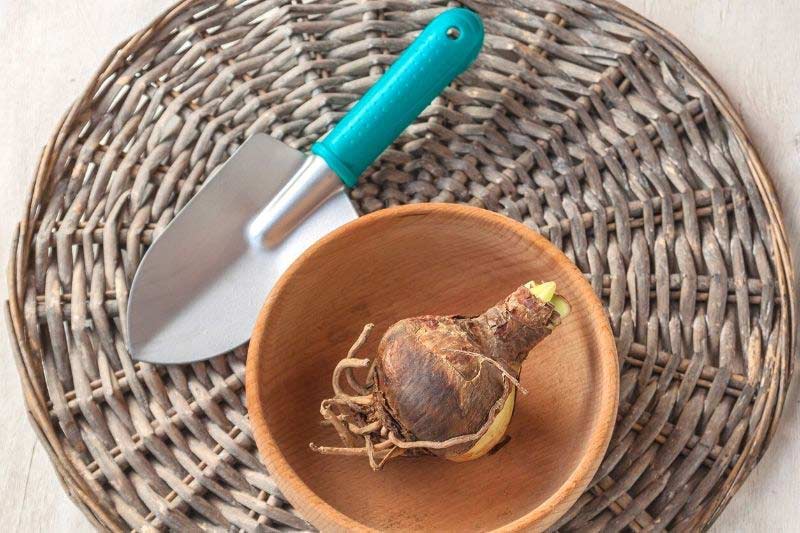
Steps for planting an Amaryllis :
- Carefully trim root ends with pruning shear
- Place a drainage layer at bottom of container to ensure good run-off of watering water
- Partly fill pot with a mix of half potting compost, half garden soil. Firm down well. If you don't have garden soil, use potting compost only
- Plant the bulb only one‑third to halfway deep, leaving top part exposed above soil

- If planting several bulbs, space them a few centimetres apart so they do not touch. You can also plant them two weeks apart to enjoy Amaryllis blooms throughout winter
- Place pot in a warm and bright spot (about 20 °C) to speed up flowering, for example near a radiator and a window. Conversely, to slow flowering, place pot somewhere cool at 10 °C
- Water sparingly until shoot appears
- 6 to 8 weeks later, your bulbs will flower!
- During Amaryllis flowering, water daily
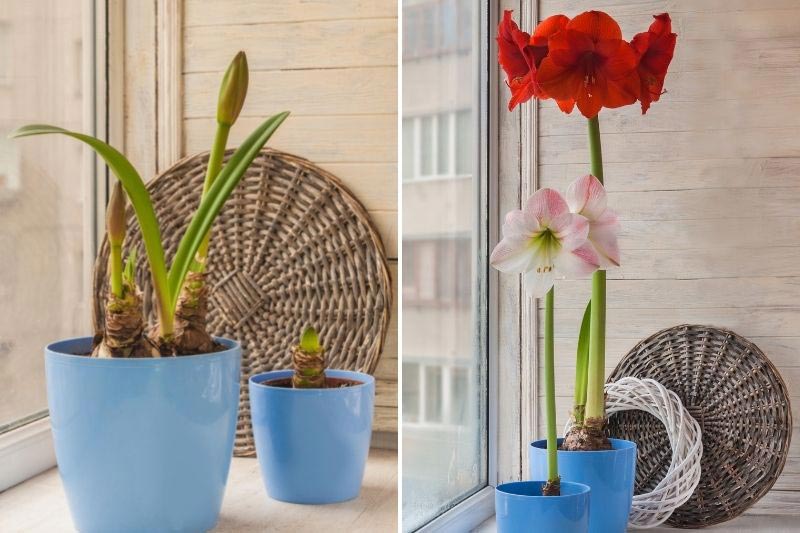
- After flowering, cut off flowers while leaving foliage to grow (as this allows the bulb to rebuild its reserves). At the end of summer, allow soil to dry out and cut back dry leaves. Six weeks later, repot bulb into fresh potting compost.
Look, it's growing! : observing bulb and root growth
Observing the life cycle of a flowering plant of this type is fascinating:
- Before planting, you can start by asking your child to make a careful observation of the bulb and draw it as faithfully as possible
- You can also take a second bulb and cut it in half lengthways to observe the interior and make a drawing
- To run a workshop on observing plant growth, plant the bulb in a clear jar (beware of watering if there are no drainage holes!). Planting the bulb in a clear jar also allows observation of root growth as roots gradually colonise the substrate.
- Invite your child to track plant growth and development regularly (once a week at first, then whenever a new event occurs). With children old enough, these observations can be noted in a small observation notebook, with drawings of the different stages (appearance then growth of the shoot, appearance of a green leaf, opening of the flower…)
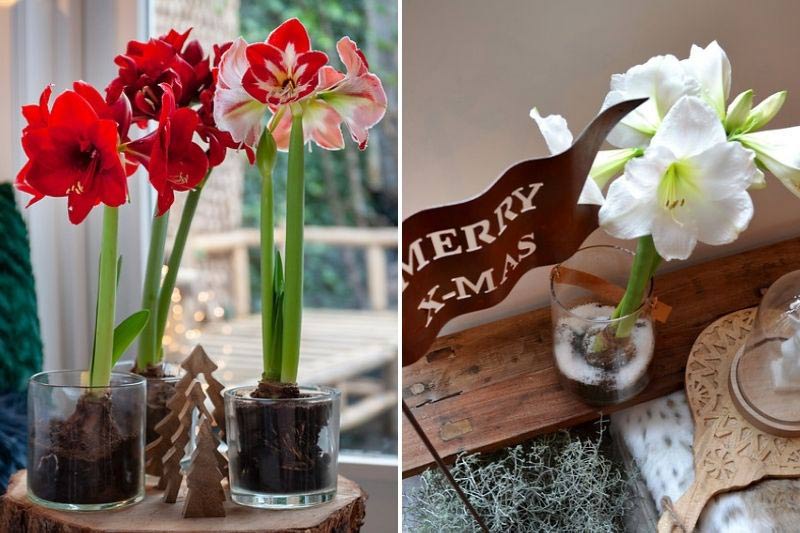
Planting Amaryllis in clear jars is attractive and allows observation of root growth
Make recycled and decorated pots
Planting an Amaryllis bulb is also an opportunity to teach about recycling: do I need to buy a pot or does recycling bin hide objects that can make very pretty pots once decorated, such as painted tin cans? Empty glass jars?
Your child can also plant their bulb in a simple pot and make a pretty pot cover from hessian or felt. Find all our decor ideas for growing plants in unusual containers.
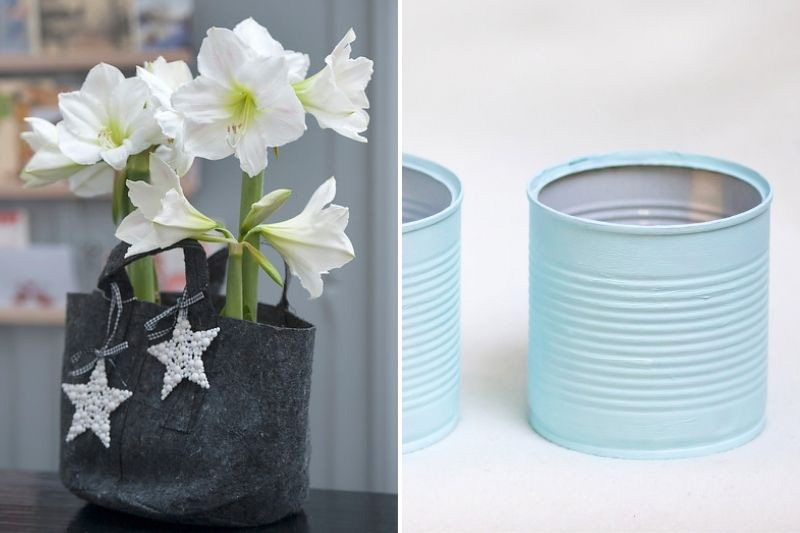
And of course, the classic always‑rewarding idea is to create a beautiful Christmas decoration, making a lovely centrepiece for Christmas Eve, for example.
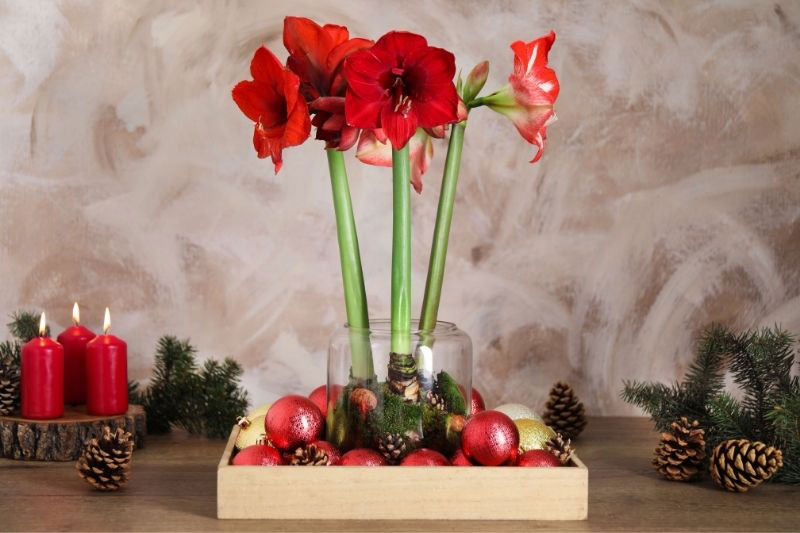
Grow a gift for teachers... or for grandparents!
Your child may want to make a gift for their teacher, grandparents, best friend — in short, a loved one they wish to please. Giving an Amaryllis they have grown with their own hands will be far more rewarding than buying an item in a shop. They will have taken time to choose flower colour, choose the pot and, most importantly, to care for it with love!
It is a gift that will flower again each year provided it is cared for: a way to be remembered by the recipient for years.
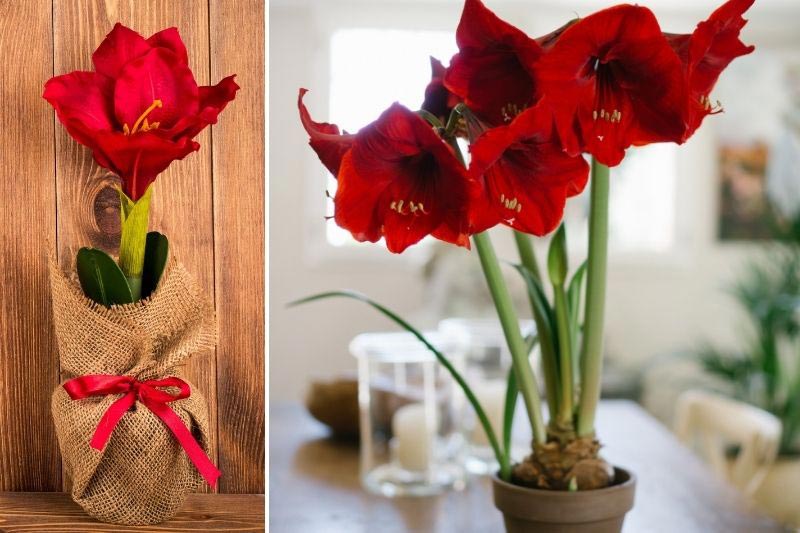
Grow twin Amaryllis apart
If a loved one is far away, suggest your child plants two twin Amaryllis, each in its own pot. They can give one to the person they care about and keep the other. The bond continues via these two magnificent plants that will grow apart, perhaps hundreds of kilometres away. A chance to talk about their Amaryllis at every call, share growth and flowering updates.
To find out more...
→ Find our cultivation, planting and care advice for Amaryllis































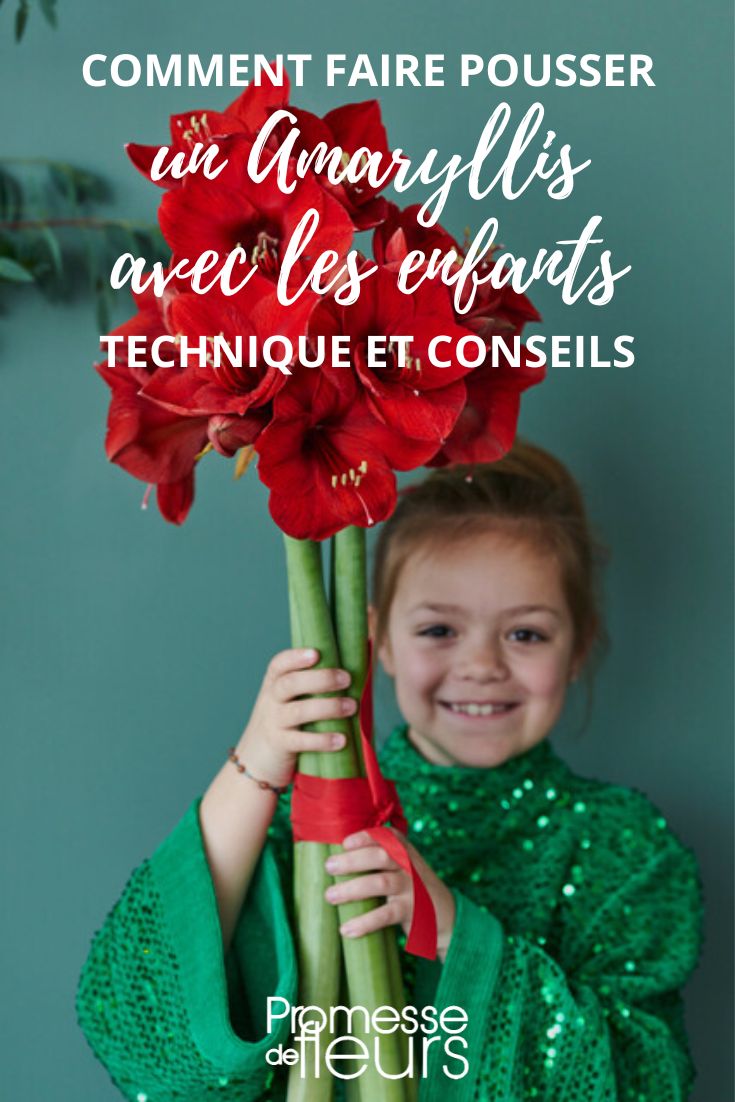
Comments